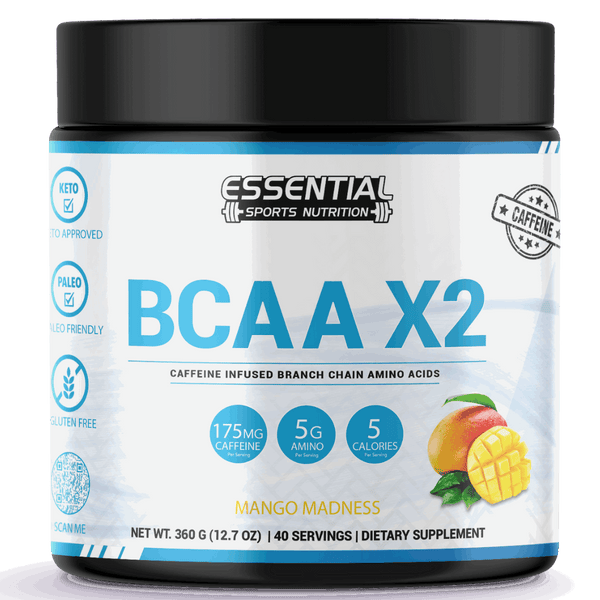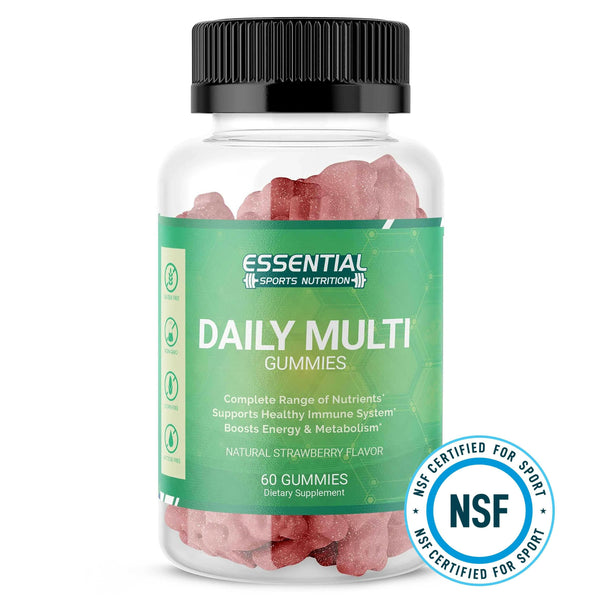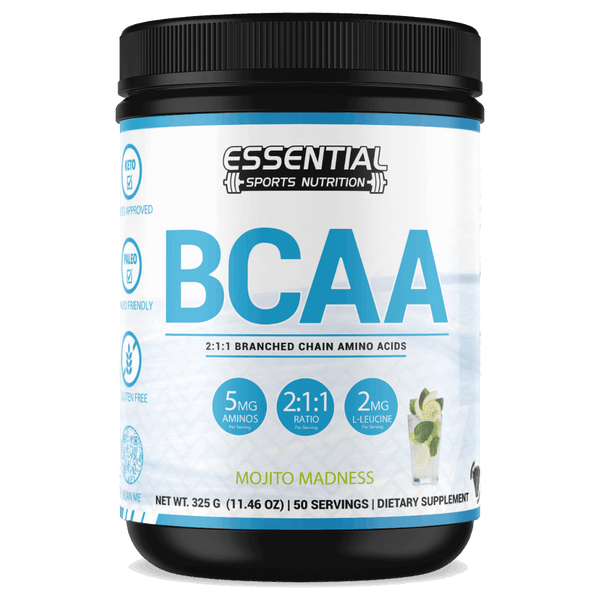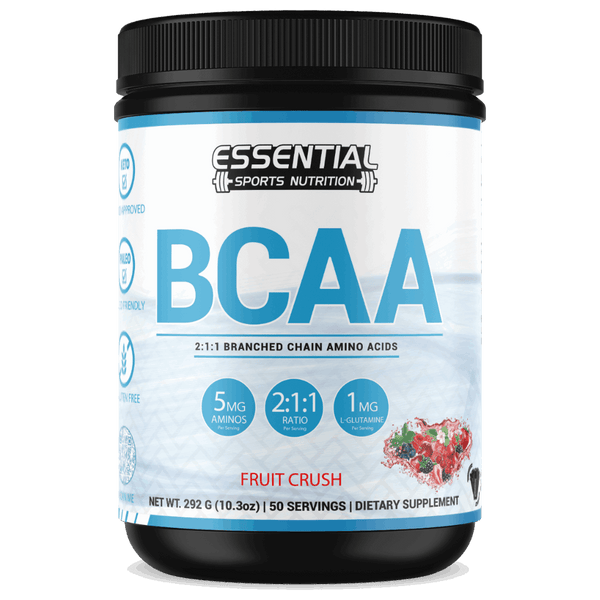Mastering the Pistol Squat: Progression for Stronger Legs and Glutes
Mastering the pistol squat leg exercise can redefine your lower body strength and balance. Keep your torso upright, engage your core, and push through your heel for proper form. This move targets your glutes, quads, hamstrings, and core, enhancing overall stability and athleticism. As you progress, explore tempo variations and depth increases. Integrate pistol squats into your routine alongside lunges and deadlifts for a well-rounded workout. Challenge yourself gradually, celebrate progress, and continue exploring the vast world of pistol squat variations for a journey towards unparalleled strength and stability.

Key Takeaways
- Maintain upright torso, engage core, and align knees properly for correct form.
- Enhance lower body strength, balance, and stability with pistol squats.
- Target glutes, quads, hamstrings, and core for overall muscle engagement.
- Start with bodyweight squats, progress with tempo variations, and add resistance.
- Gradually increase depth and range of motion and incorporate weighted or TRX-assisted variations.
Proper Pistol Squat Form
To execute a flawless Pistol Squat, focus on maintaining an upright torso with a slight forward lean, ensuring proper form and maximizing effectiveness. Keeping your non-working leg extended in front provides balance and counterbalance, aiding in stability throughout the movement. Remember to push through the heel of your working foot when standing up, activating the necessary muscles for a powerful lift.
Engage your core muscles from start to finish to enhance stability and control during the pistol squat. This improves your balance and helps prevent injury by supporting your lower back. Pay close attention to your knee alignment, ensuring they track in line with your toes pointed forward. This alignment is essential for preventing strain on your joints and maximizing the effectiveness of the exercise.
Benefits of Pistol Squats

Pistol squats bring incredible benefits to your lower body strength, balance, and stability. Engaging in various muscle groups helps enhance leg strength and overall body coordination. Embrace the challenge of pistol squats to reveal a stronger, more stable foundation for your fitness journey.
Leg Strength Improvement
Developing your leg muscles through pistol squats can greatly enhance your athletic performance and functional strength. By targeting muscles like the glutes, quadriceps, hamstrings, and core, you are not only building raw strength but also improving balance, coordination, and hip mobility. This translates to better performance in various athletic movements and daily activities. Since pistol squats engage multiple muscle groups simultaneously, they promote efficient muscle activation and development, leading to overall enhanced leg strength. The core stability required during pistol squats further contributes to improved functional strength, making you more resilient and powerful in your physical pursuits. Embrace the challenge of pistol squats to maximize the full potential of your leg muscles and elevate your performance to new heights.
Balance and Stability
Improving your balance and stability through pistol squats is essential for overall strength and performance in various physical activities. By engaging stabilizing muscles in your lower body, pistol squats target and strengthen the muscles responsible for maintaining equilibrium during movement. These squats challenge your body to maintain control and alignment and improve proprioception and joint stability. The enhanced balance and stability you gain from practicing pistol squats can significantly impact your performance in other exercises and daily tasks. So, keep focusing on perfecting your form and gradually increasing the difficulty to reap the full benefits of improved balance and stability that pistol squats offer.
Pistol Squat Muscles Targeted
Get ready to learn about the key muscle groups targeted during pistol squats. Engaging in this exercise not only strengthens your glutes, quadriceps, and hamstrings but also works your core for stability. Balancing on one leg challenges your ankle and knee stabilizers, enhancing your lower body strength and stability.
Key Muscle Groups
To successfully perform a pistol squat, you must engage and strengthen key muscle groups such as the glutes, quadriceps, hamstrings, and core. These muscles work together to provide the stability, balance, and strength needed during the challenging pistol squat movement. Targeting these specific muscle groups improves lower body strength and enhances functional movement patterns essential for various activities. Activating the glutes, quadriceps, hamstrings, and core during pistol squats can boost athletic performance and reduce the risk of injury. Adding pistol squats to your workout routine can increase muscle activation, strength gains, and improved mobility in these targeted areas. Embrace the challenge and watch your lower body strength and stability soar!
Importance of Balance
Strengthening the key muscle groups during pistol squats enhances your lower body strength and improves your balance and stability. By targeting the glutes, quadriceps, hamstrings, and core muscles, pistol squats help you achieve better overall balance. This exercise challenges your body unilaterally, addressing any muscle imbalances and enhancing functional strength. The specific engagement of the outside hip muscles during pistol squats is essential for stability in various activities. Developing coordination and joint stability through pistol squats is not only beneficial for athletes, gym enthusiasts, and weightlifters but also for anyone looking to improve their balance. Working on balance and stability in this way can significantly reduce the risk of injuries and boost your overall performance.
Enhancing Lower Body
Engage your major lower body muscles effectively with the pistol squat, targeting the glutes, quadriceps, hamstrings, and calves for a thorough lower body workout. By performing pistol squats, you strengthen these muscle groups and engage stabilizing muscles around your ankles and knees, enhancing balance and control. Remember, core engagement is key to maintaining stability and proper form throughout the exercise. Strengthening these muscles through pistol squats doesn't just build strength; it also improves overall lower body functionality. The unilateral nature of the pistol squat helps address any muscle imbalances you may have, leading to enhanced lower body strength and stability. Challenge yourself with pistol squats to maximize the full potential of your lower body muscles and improve your overall strength and balance.
Common Mistakes in Pistol Squats
Leaning too far forward in a pistol squat can jeopardize your form and strain your lower back, hindering your progress and increasing the risk of injury. To avoid this common mistake, focus on keeping your chest up and your back straight throughout the movement. Failure to do so not only diminishes the effectiveness of the exercise but also puts unnecessary strain on your lower back.
Another mistake to watch out for is improper knee alignment. Ensure your knee tracks in line with your toes to prevent excess stress on the joint, reducing the risk of discomfort or injury. Additionally, dropping your non-working leg during the squat can disrupt your balance and stability, impacting the quality of your movement.
Pistol Squat Variations
To further challenge yourself and enhance your pistol squat technique, consider exploring a variety of pistol squat variations that target different aspects of strength, balance, and control. Here are some variations to help you take your pistol squat to the next level:
- TRX Assisted Pistol Squat: Utilize a TRX suspension trainer to provide support and assistance as you work on mastering the pistol squat technique.
- Pistol Box Squat: Perform pistol squats to a box to control the depth and provide support during the squatting motion.
- Weighted Pistol Squat: Add resistance in the form of weights to increase the challenge and build strength.
- Pistol Squat Tempo Variations: Vary the speed at which you perform the pistol squat to increase time under tension for muscle activation and growth.
- Pause Pistol Squat: Incorporate pauses at different points in the squat to enhance balance, stability, and end-range control.
Experimenting with these variations will keep your workouts exciting and help you progress in your pistol squat journey.
Pistol Squat Progression
To advance in your pistol squat journey, progressively challenge yourself by increasing depth and range of motion as your strength improves. This gradual increase will push your limits and help you build the necessary strength and flexibility for a full pistol squat. Incorporating tempo variations can further enhance your progress by challenging your muscles and increasing the time under tension during each phase of the movement. Experimenting with pause variations can also be beneficial as it helps work on end-range stability and improves your balance as you advance in pistol squats.
Don't be afraid to try different pistol squat variations, like TRX-assisted or weighted options, to keep pushing your boundaries. Remember, maintaining proper form and alignment throughout each progression is essential to ensure your pistol squats' safe and effective development. Stay consistent, listen to your body, and celebrate each small improvement along the way.
Safety Tips for Pistol Squats
Ensure you properly warm up before attempting pistol squats to prevent injuries and maximize your performance potential. When it comes to safety tips for pistol squats, here are some key points to keep in mind:
- Warm-Up: Always start with dynamic stretches and movements to prepare your muscles for the intensity of pistol squats.
- Core Engagement: Maintain a strong core throughout the movement to stabilize your body and prevent injuries.
- Grounded Heel: Keep your standing heel firmly on the ground to guarantee proper weight distribution and balance.
- Consultation: If you have any knee or hip issues, it's important to consult with a healthcare provider before adding pistol squats to your routine.
- Proper Form: data-mce-fragment="1"> Avoid lifting your heels or leaning too far forward during the squat to prevent strain on your spine and knees.
Who Should Do Pistol Squats

Incorporating pistol squats into your training regimen can greatly benefit individuals aiming to enhance overall strength, stability, and muscle control. Whether you are a general athlete, a gymgoer, a powerlifter, or a weightlifter looking to improve performance and reduce muscle imbalances, pistol squats can help you achieve your goals. These dynamic exercises not only require body control, balance, and joint stability but also target the core for enhanced stability and engage various muscle groups such as the glutes, quadriceps, hamstrings, and calves effectively.
If you are someone who wants to challenge yourself and take your fitness to the next level, pistol squats are a great addition to your routine. Mastering this exercise can build functional strength, improve balance, and work on unilateral leg strength. Remember to start slowly if you are a beginner, focus on proper form, and gradually increase the difficulty as you progress. With dedication and consistency, pistol squats can benefit anyone looking to enhance their strength and stability.
Integrating Pistol Squats Into Workouts
Ready to boost your lower body strength and balance? Let's explore how integrating pistol squats into your workouts can take your fitness to the next level. By incorporating pistol squats into your routine, you can target specific muscle groups effectively and improve your overall lower body stability and coordination. Here are some tips to help you seamlessly integrate pistol squats into your workouts:
- Start with bodyweight pistol squats to master the form before adding weights.
- Include pistol squats in your leg day routine to challenge your unilateral strength.
- Try different variations like tempo or pause pistol squats to keep your workouts engaging.
- Gradually increase the difficulty by adding resistance or increasing the range of motion.
- Combine pistol squats with other exercises like lunges and deadlifts for a well-rounded lower-body workout.
With dedication and consistency, integrating pistol squats into your workouts can improve your functional strength and mobility in everyday activities.
Conclusion

Now that you've mastered the pistol squat with proper form data-mce-fragment="1"> and understand its benefits and variations, it's time to reveal your strength and agility. Remember, every rep is a step towards greatness, and every squat is proof of your dedication. Keep pushing yourself, exploring new challenges, and never settle for mediocrity. Embrace the burn, feel the power in your muscles, and keep aiming for progress.
Benefits of the Pistol Squat and Muscles Worked FAQs
Q: What is a pistol squat?
A: A pistol squat is a single-leg squat where you lower your body down to the ground while keeping one leg straight in front of you.
Q: How do I perform a Pistol Squat correctly?
A: To perform it correctly, stand on one leg with the other leg extended straight out in front. Lower your body down by bending the standing leg at the knee, keeping the extended leg off the ground. Make sure to maintain good balance and control throughout the movement.
Q: What are the benefits of doing pistol squats?
A: To understand the benefits of a pistol squat, focus on strength, balance, and muscle engagement. This exercise challenges you to improve stability, enhance proprioception, and target multiple muscle groups simultaneously. Embrace the challenge for a stronger, more resilient body.
Q: What muscles are worked during a pistol squat?
A: Pistol squats primarily target the quadriceps, hamstrings, and glutes. They also engage the calves, core muscles, and stabilizing muscles in the hips and lower back.
Q: What are some common pistol squat alternatives?
A: Some common alternatives to pistol squats include single-leg squats, split squats, Bulgarian split squats, and variations of the traditional squat. These exercises provide similar benefits regarding strength and stability for the lower body.
Q: How can I progress toward mastering the pistol squat?
A: To progress towards mastering the pistol squat, you can start with easier variations such as assisted pistol squats or using a counterbalance. Focus on improving your balance, flexibility, and strength in the legs before attempting a full pistol squat.
Q: What are some pistol squat modifications I can make?
A: Some modifications to the pistol squat include using a lower surface for support, holding onto a TRX or other suspension trainer for balance, or adding a weight to make the exercise more challenging. These modifications can help you work towards mastering the full pistol squat.
Q: How many reps of pistol squats should I aim for in a workout?
A: The number of reps you should aim for when doing pistol squats will depend on your fitness level and goals. Start with a lower number of reps, such as 5-10 on each leg, and gradually increase as you get stronger. Focus on maintaining good form and control throughout each rep.
Q: What Is the Proper Form for Pistol Squats?
A: To nail pistol squats, keep your core tight, torso upright, and foot flat. Lower with control, go deep, but keep form. Extend the non-working leg for balance. Push through the heel to rise up strong, effectively engaging those leg muscles.
Q: What Is the Effect of Pistol Squat?
A: Pistol squats challenge your body uniquely, improving balance, strength, and mobility. This exercise targets various muscle groups simultaneously, enhancing stability and control. Incorporating pistol squats into your routine can address imbalances and boost lower body strength.
Q: What Is the Most Optimal Squat Form?
A: To nail the perfect squat, keep your chest up, back straight, and knees in line with your toes. Guarantee a neutral spine, engage your core, and lower your hips back and down, tracking with your feet. Balance is key!























